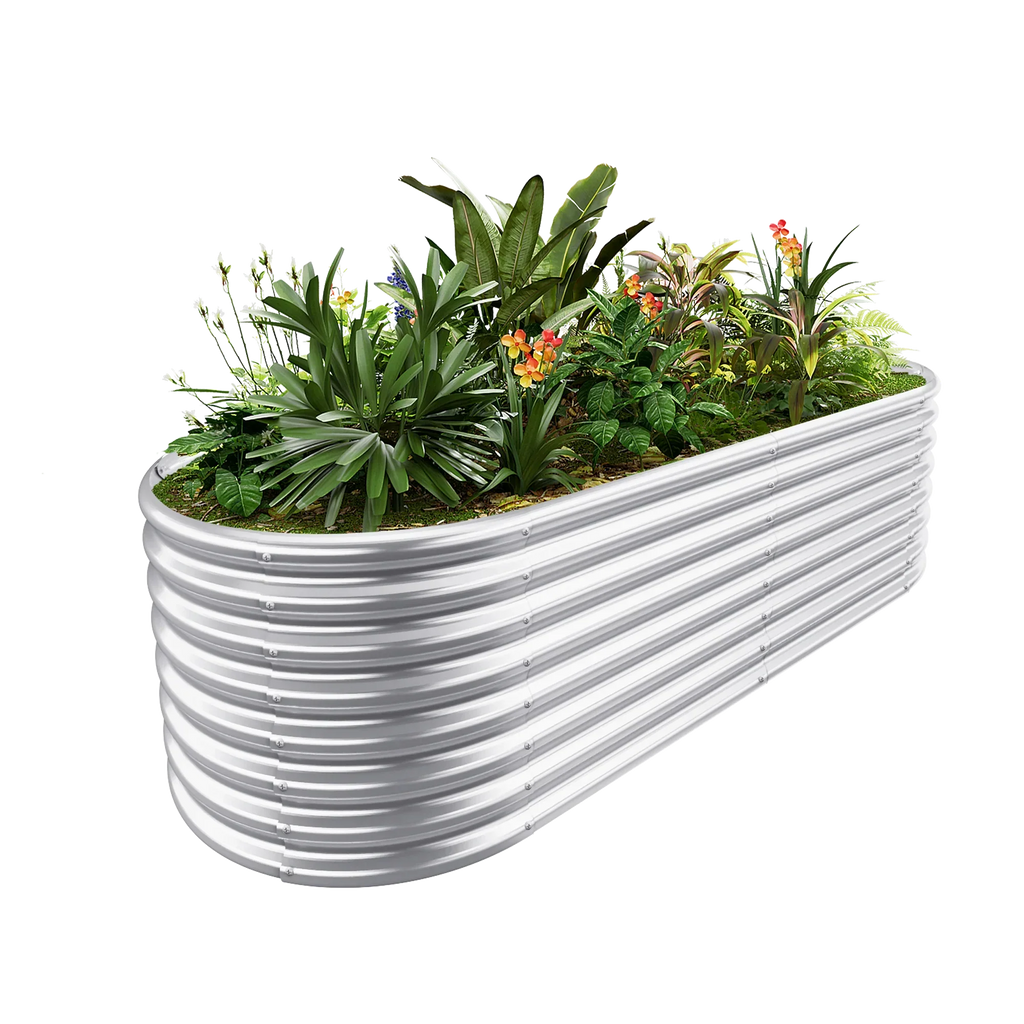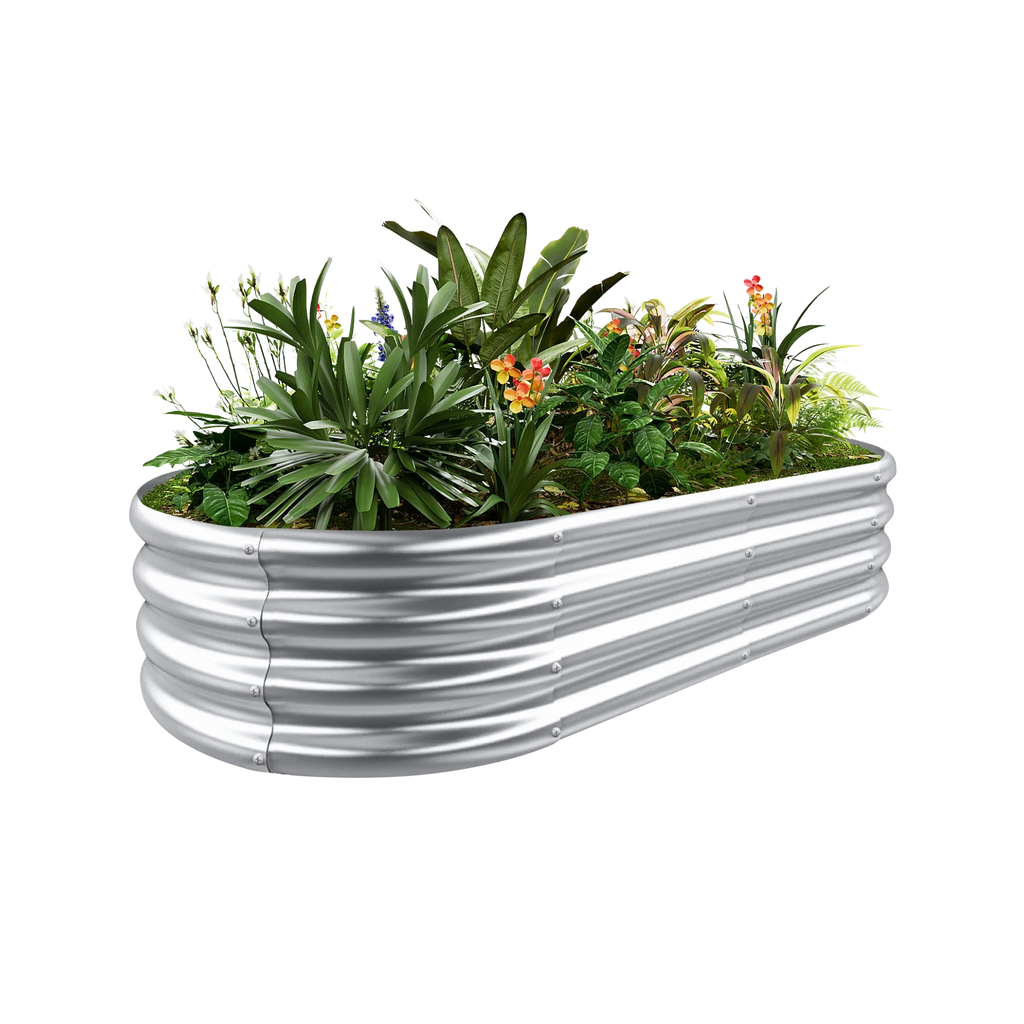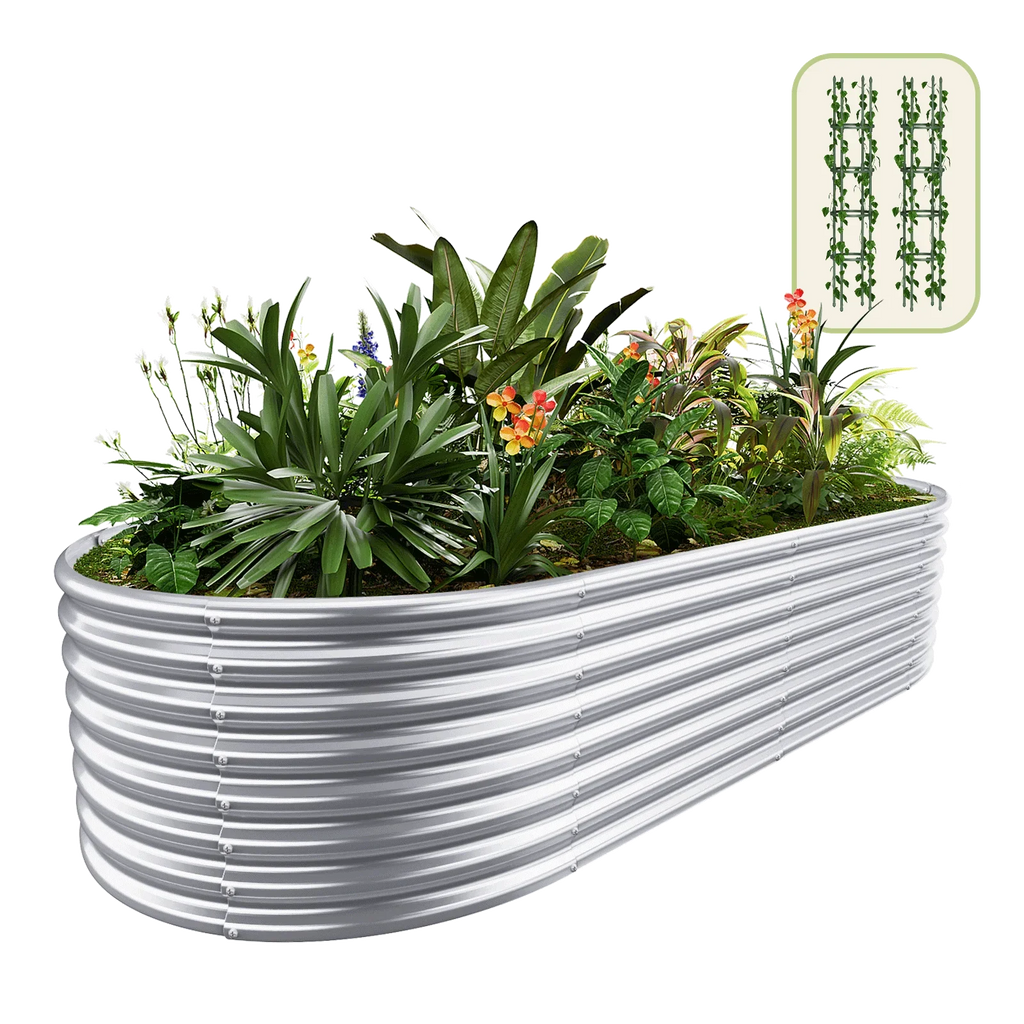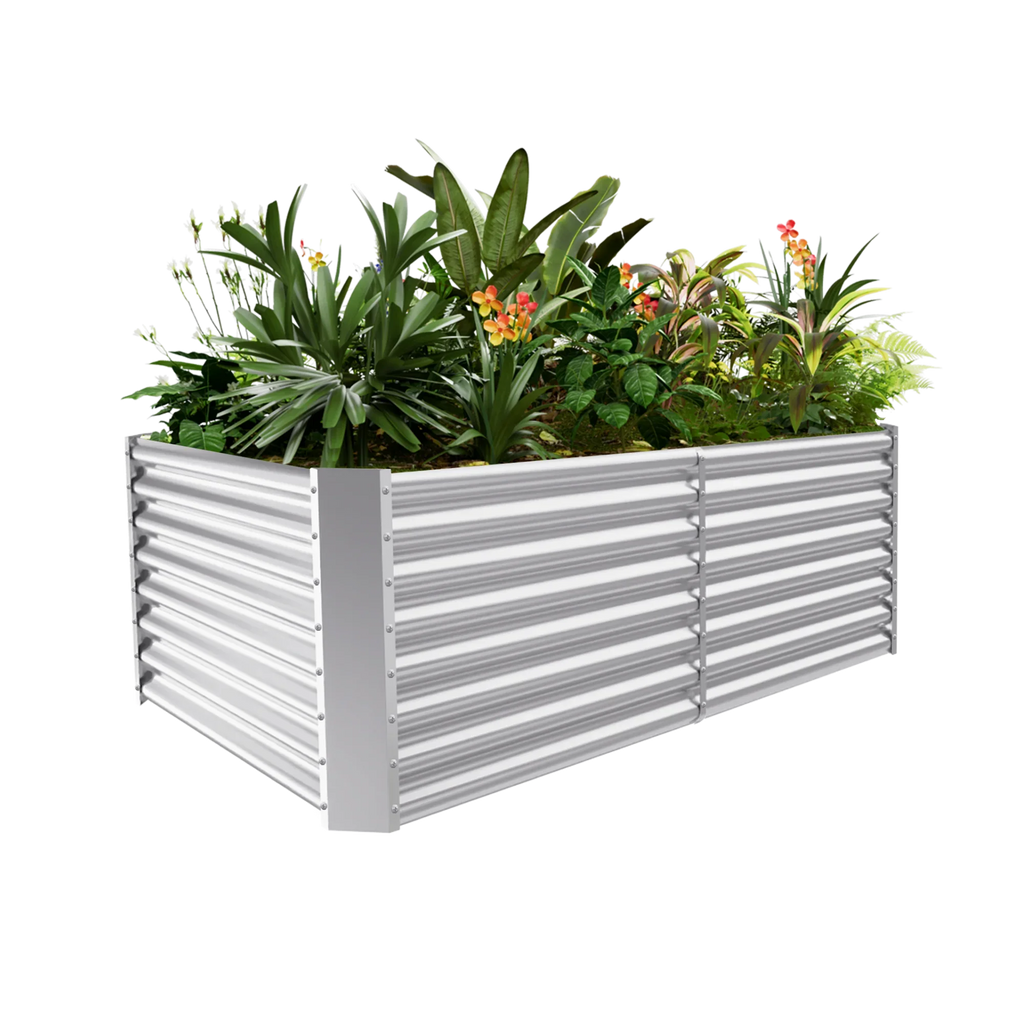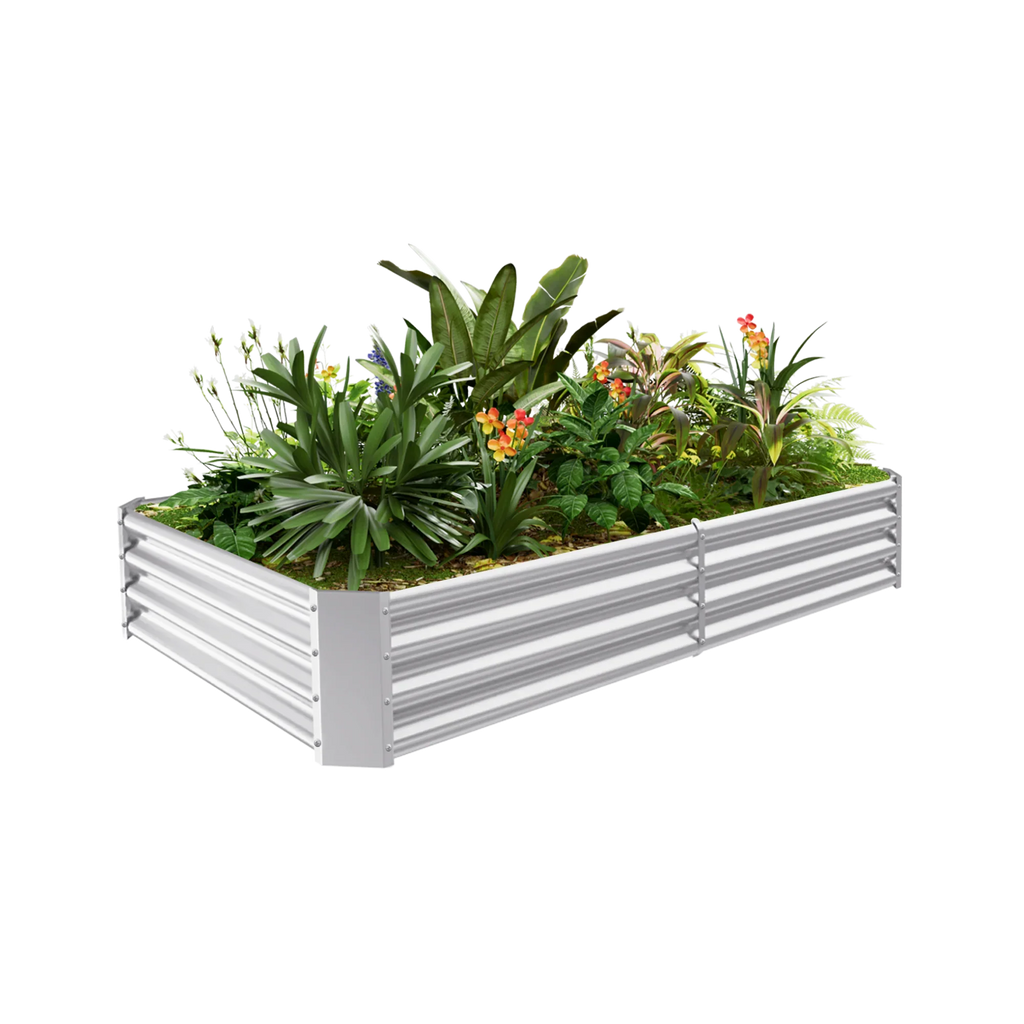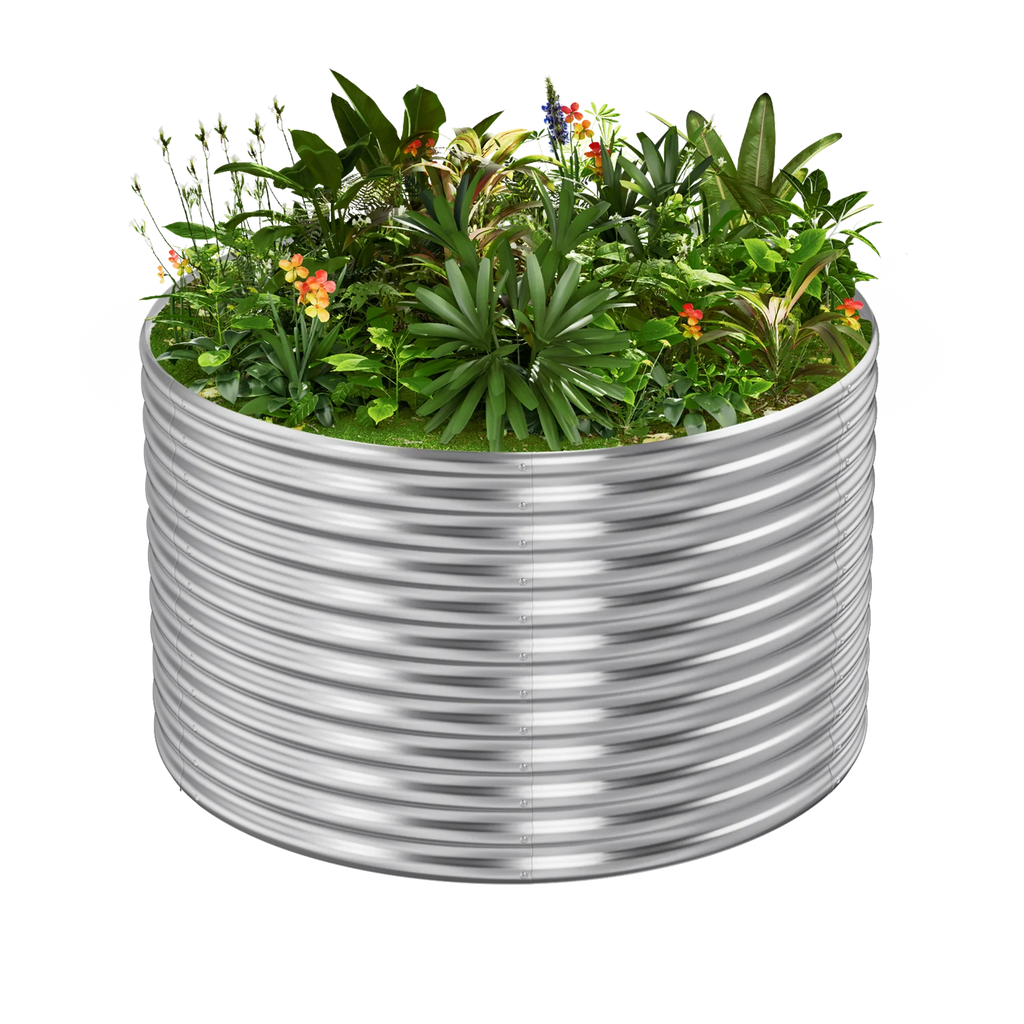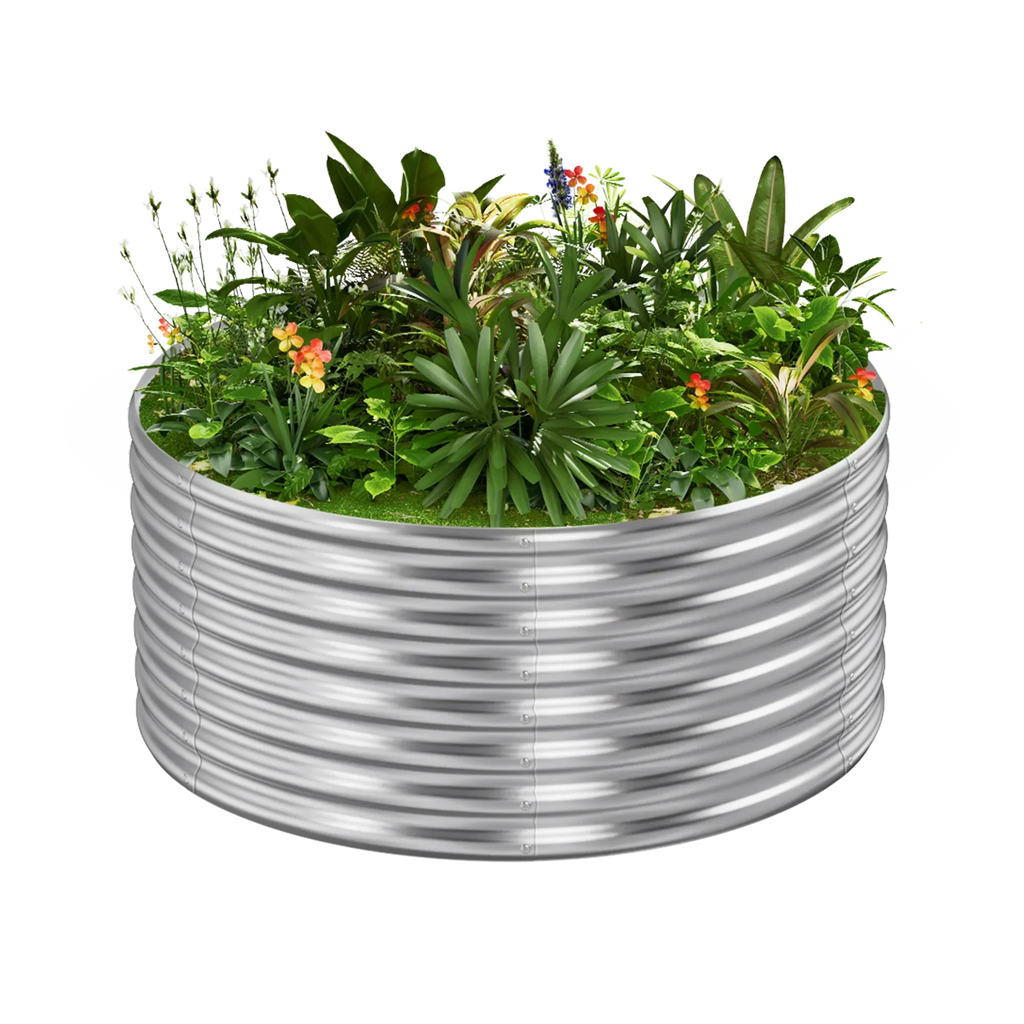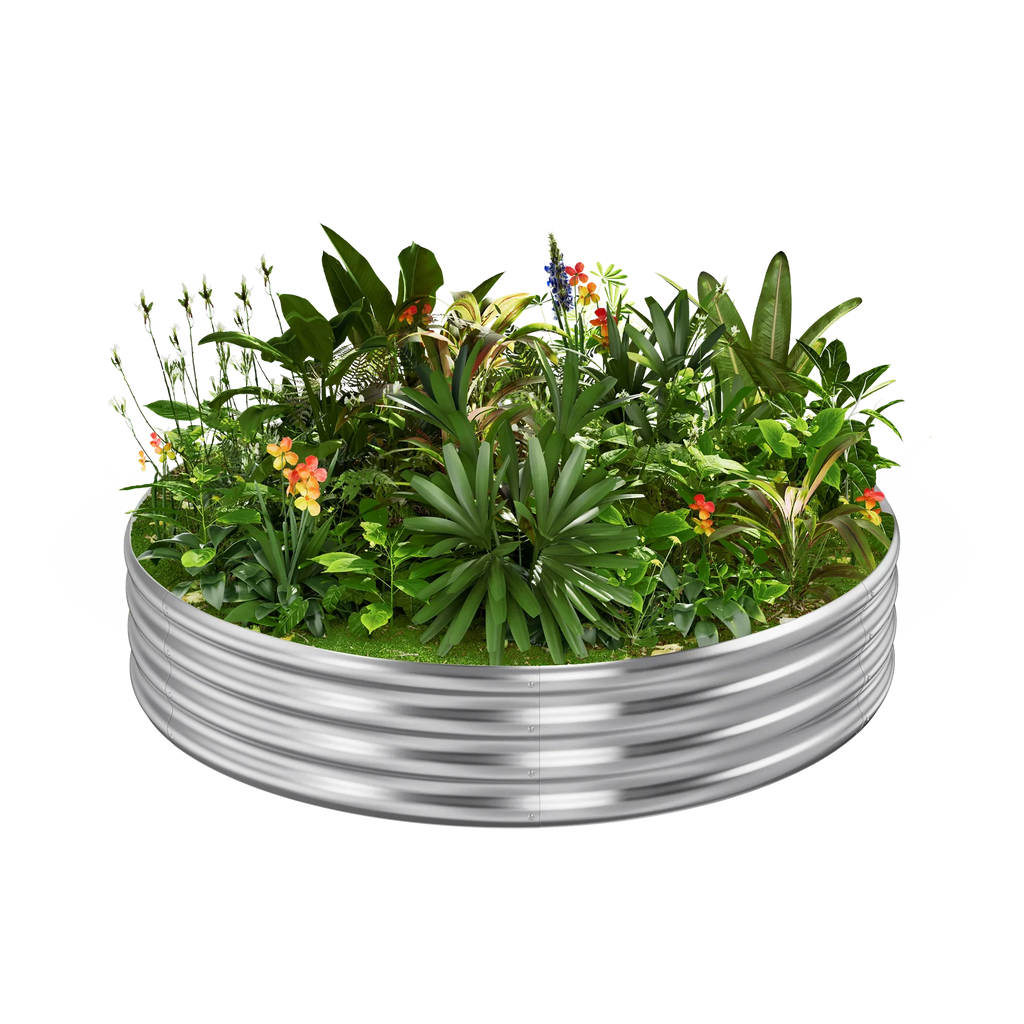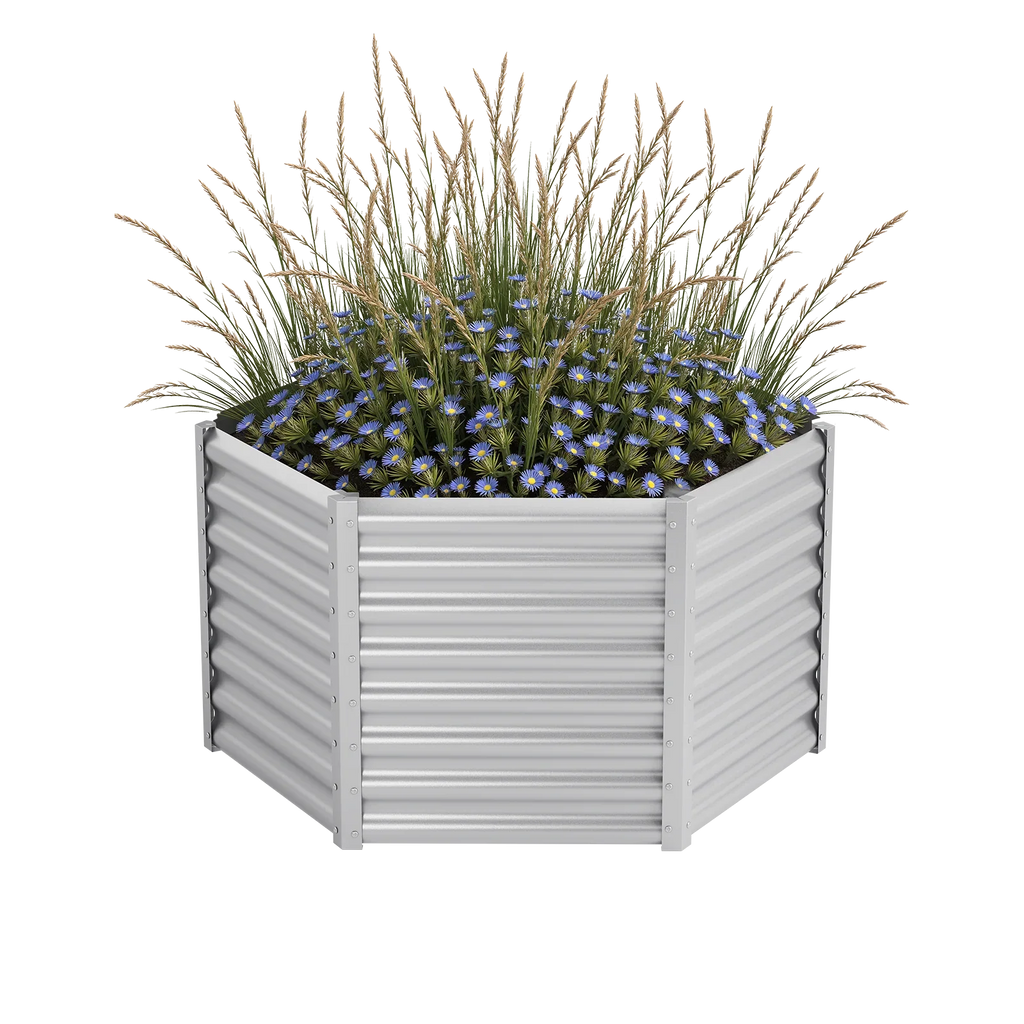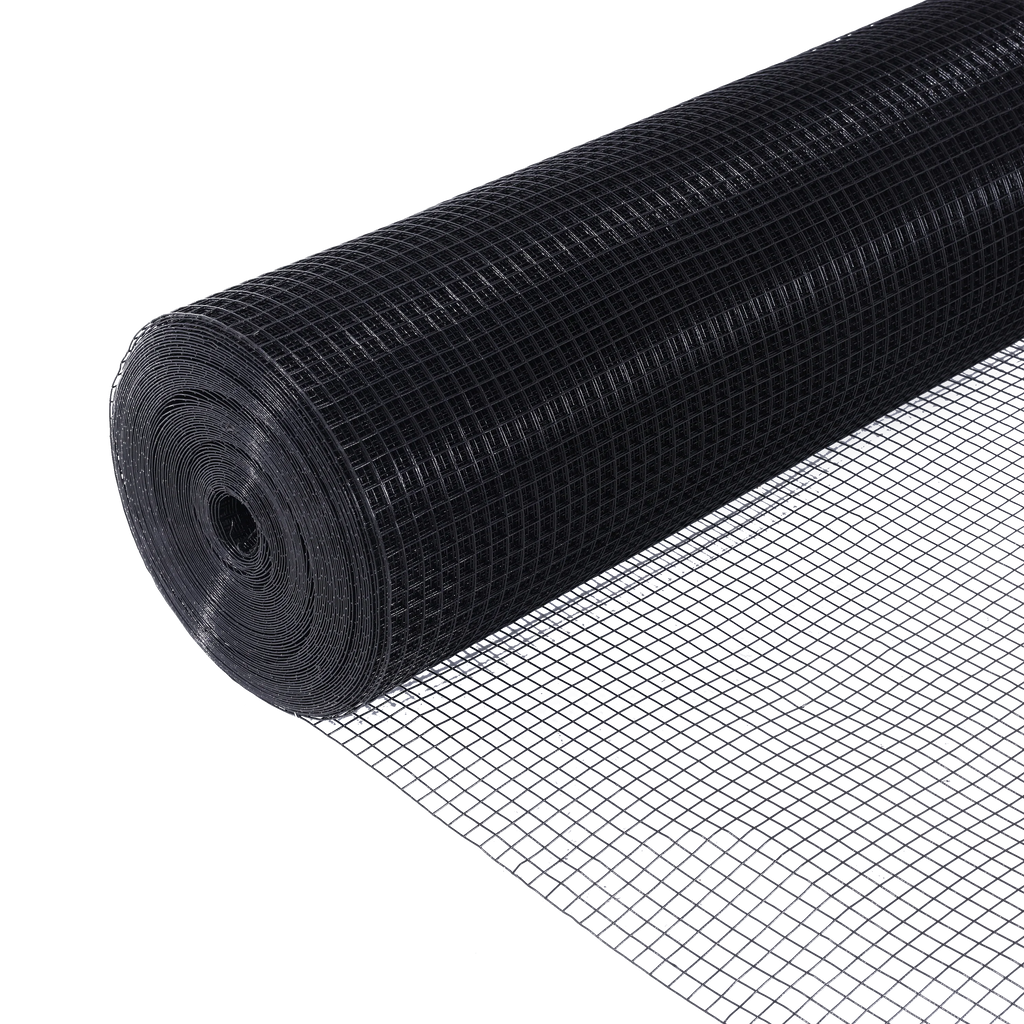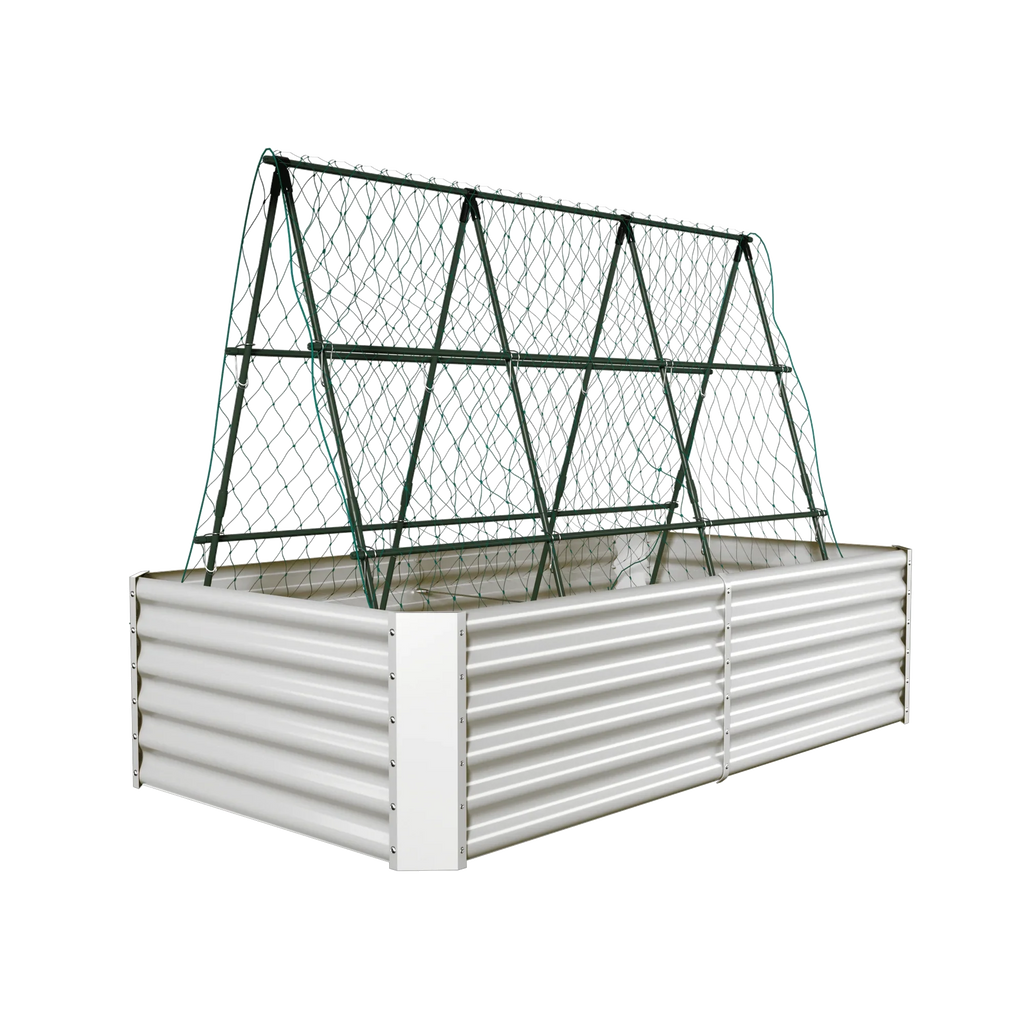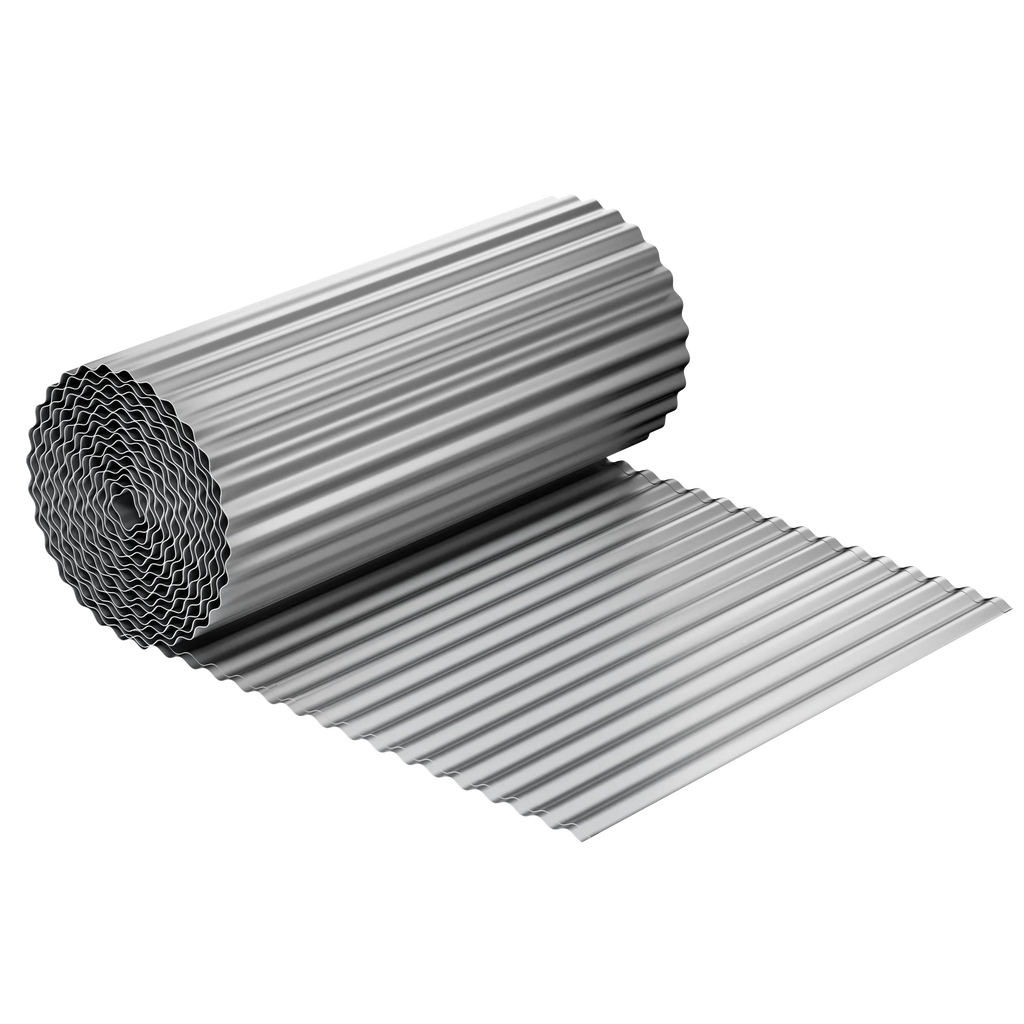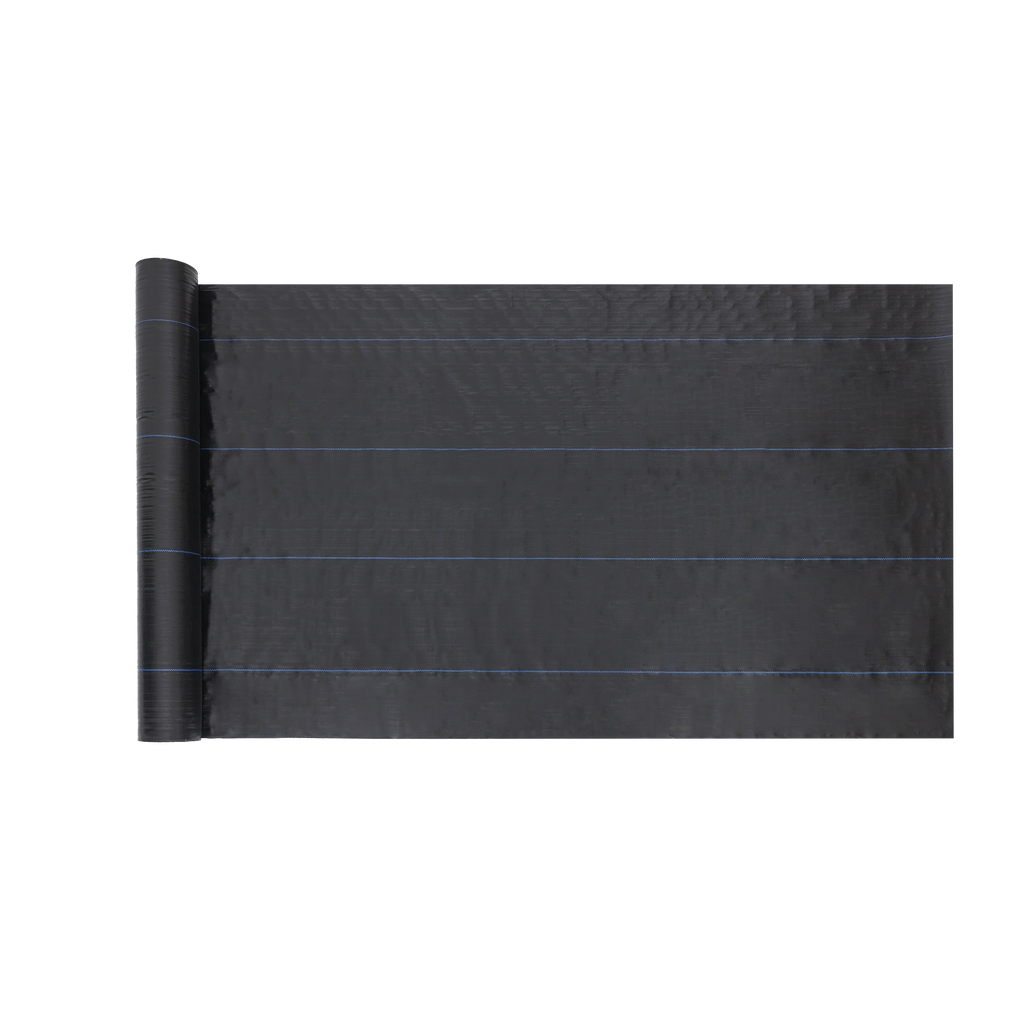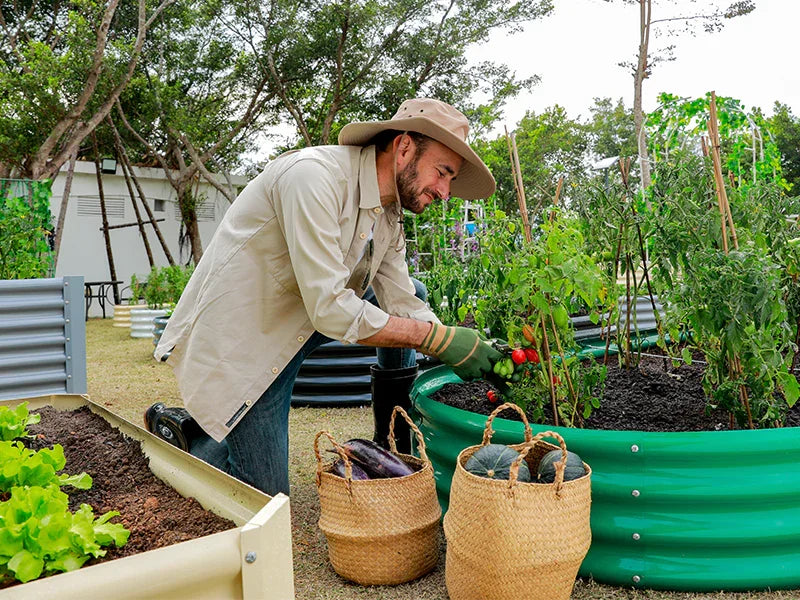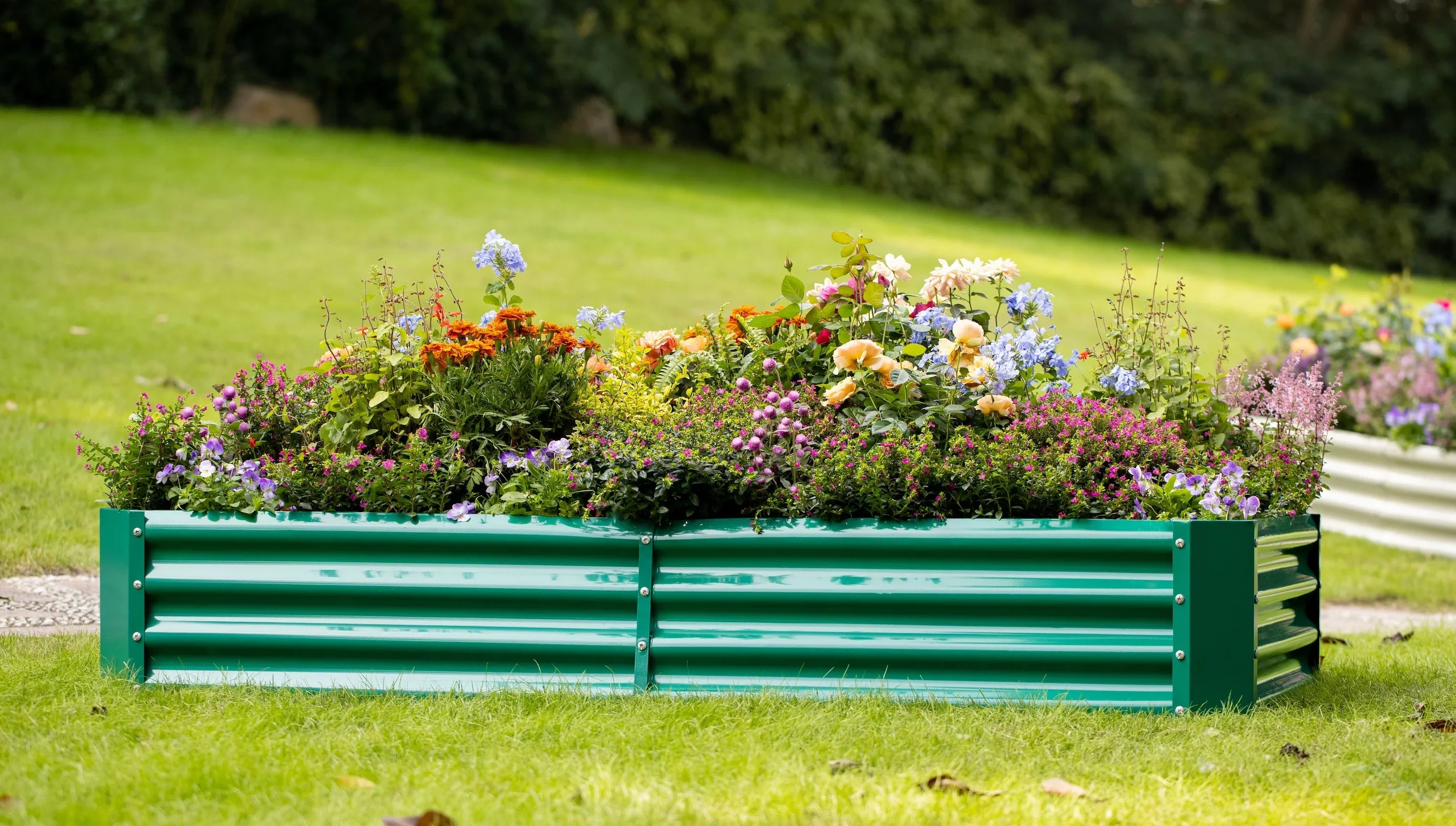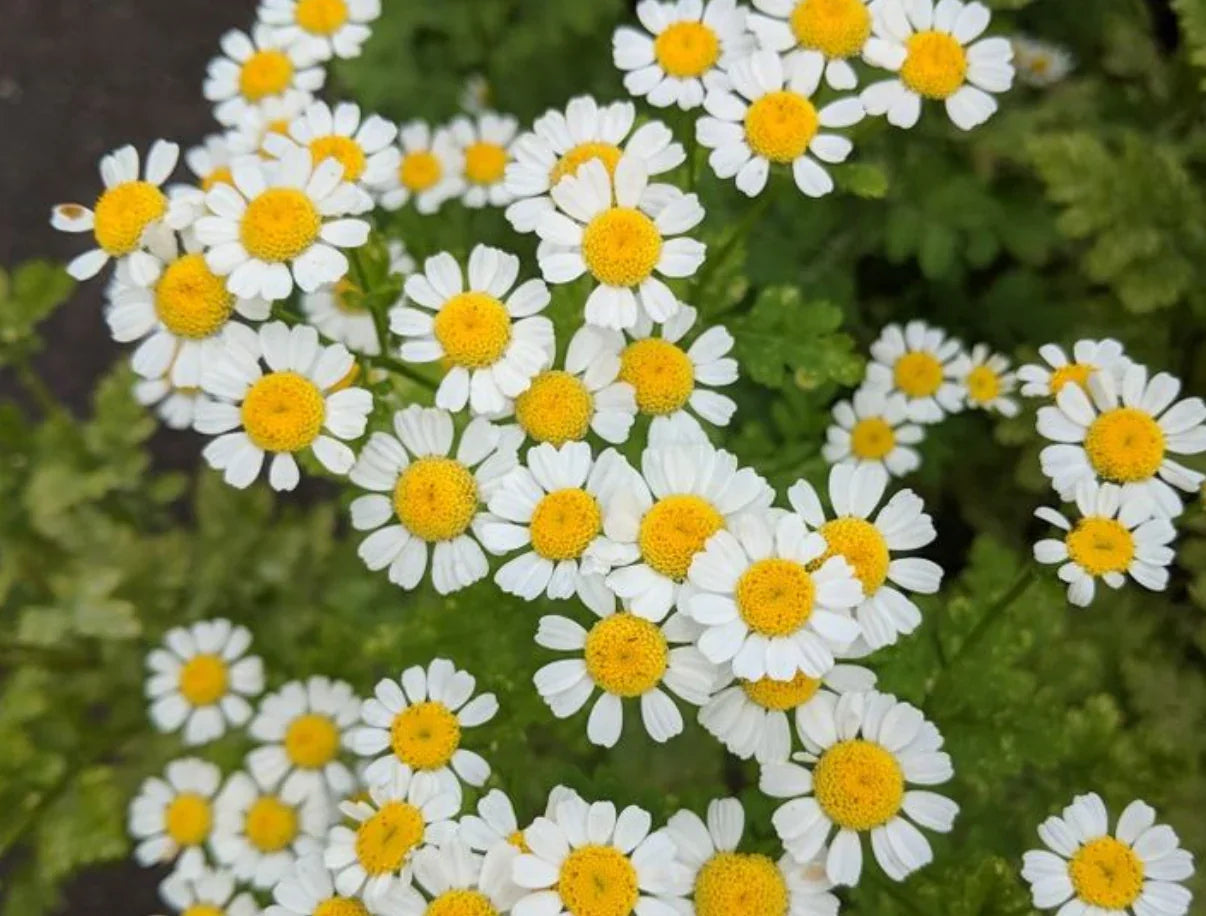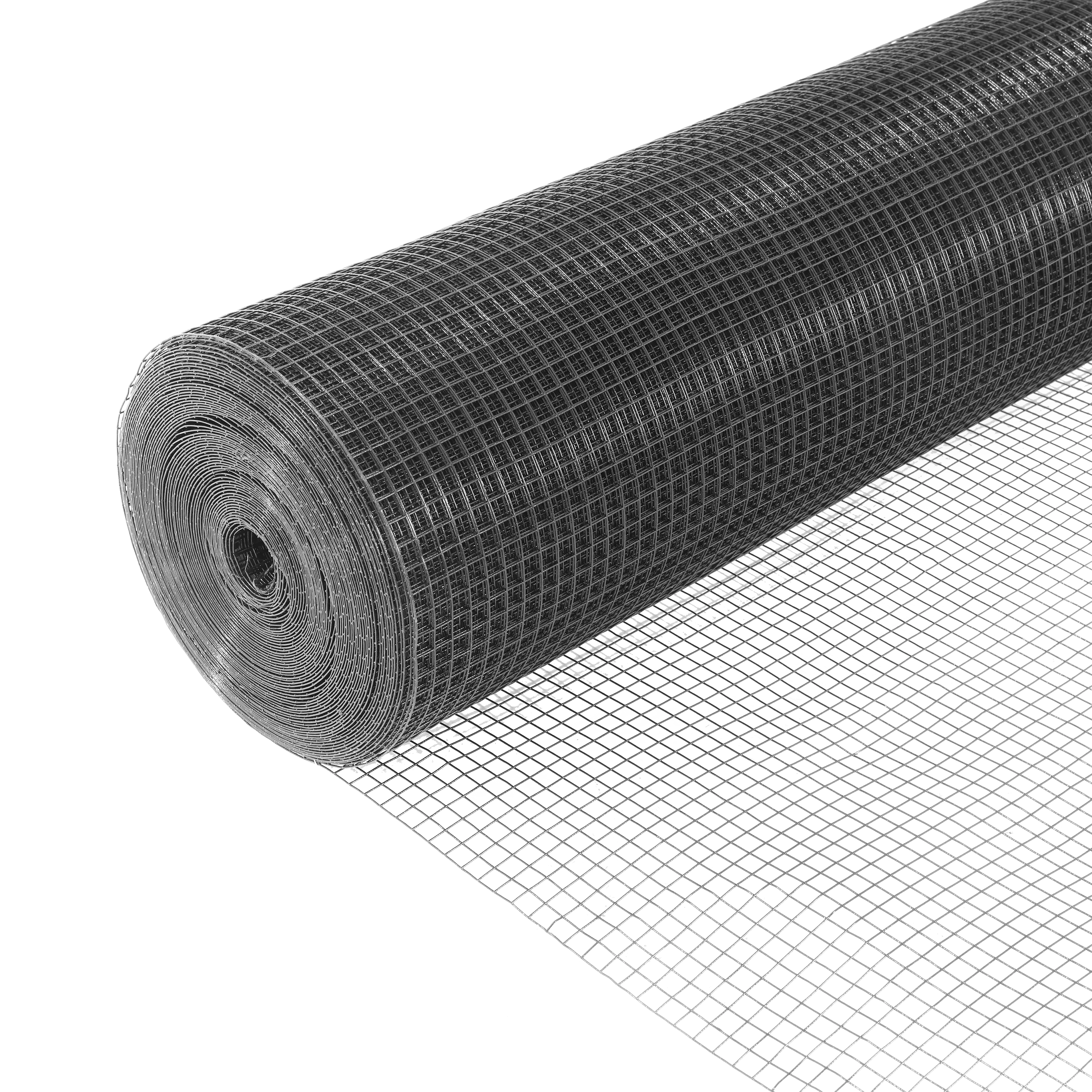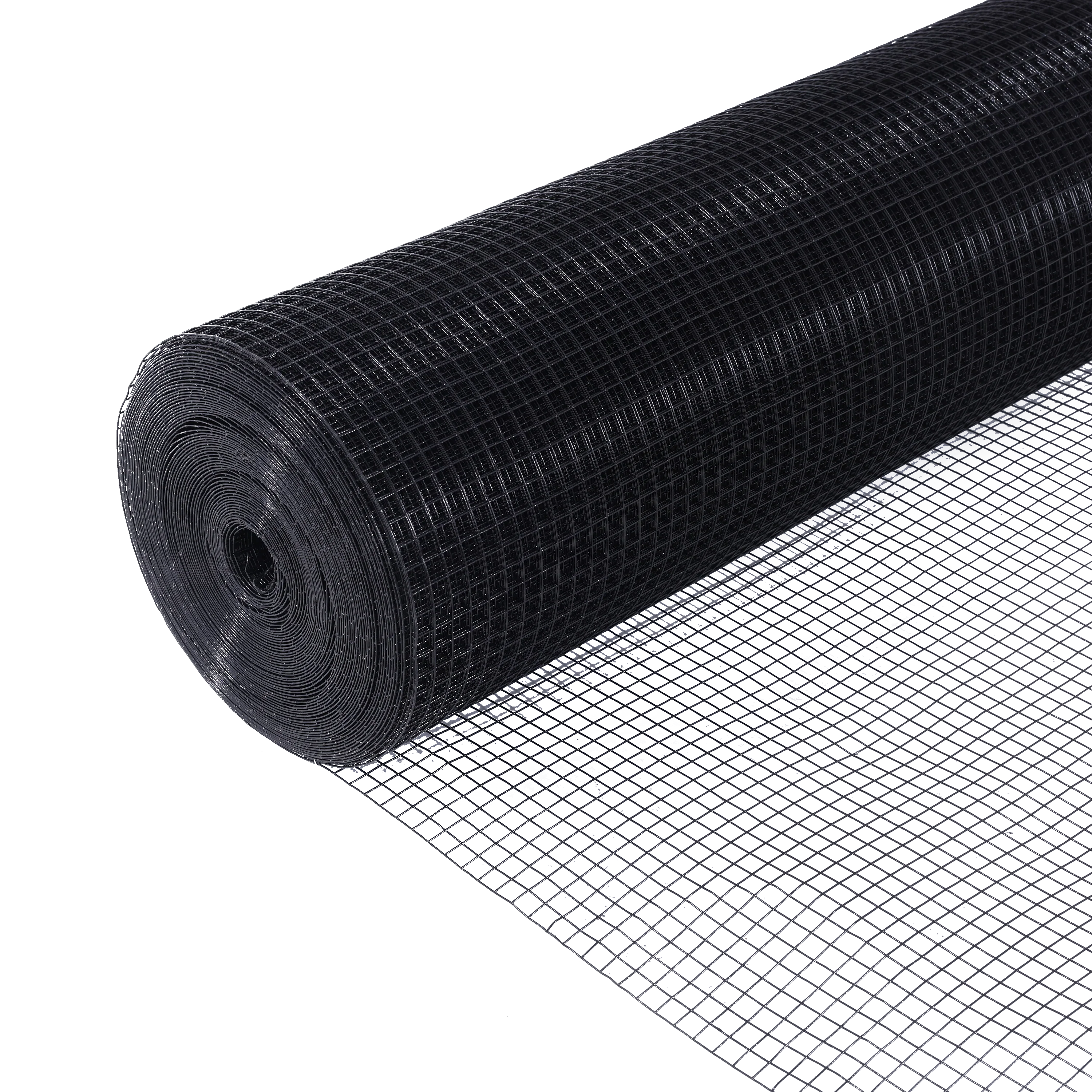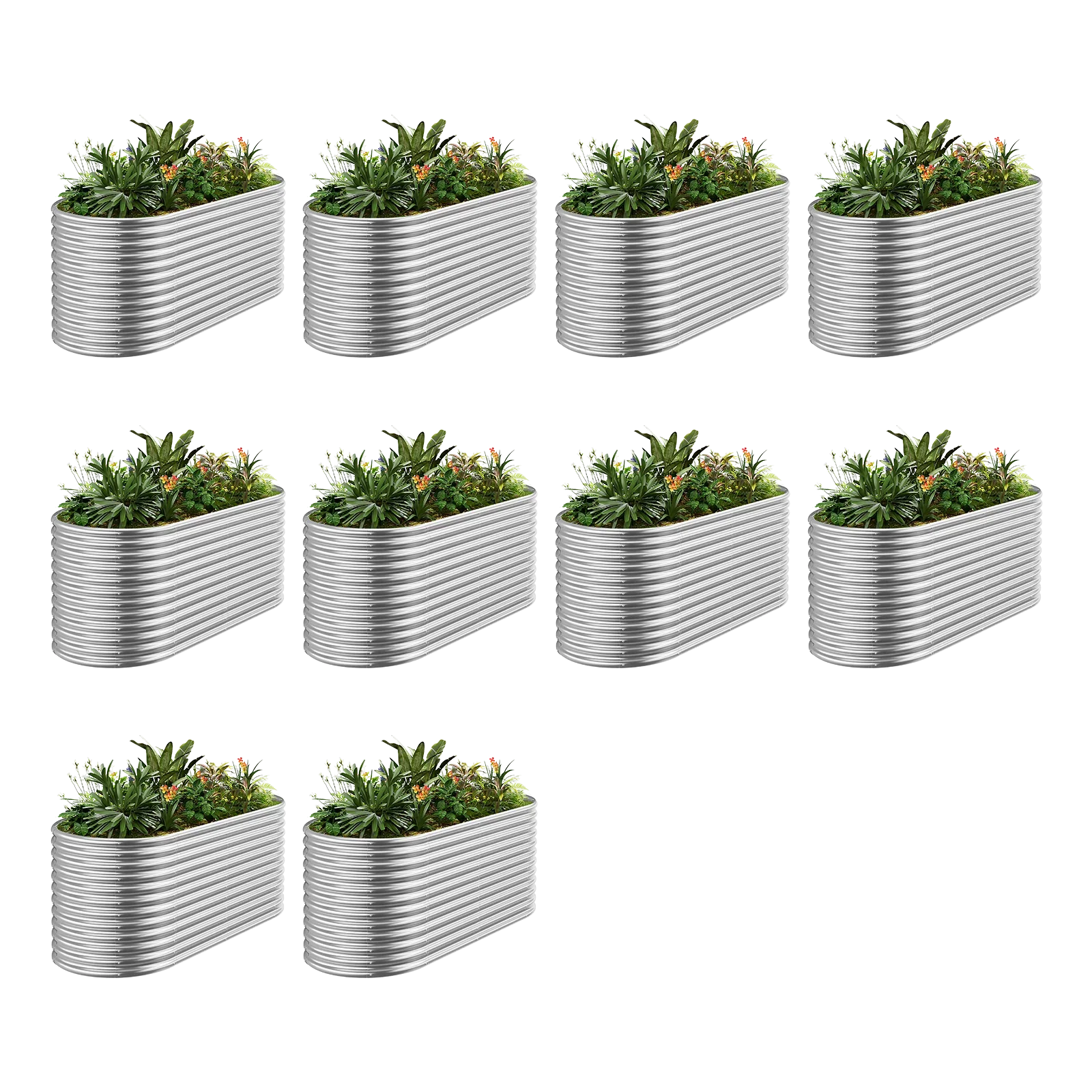Introduction
A well-designed flower bed can transform any garden into a vibrant oasis. Whether you're a beginner or an experienced gardener, planning is key to achieving continuous blooms. In this guide, we’ll explore layout ideas, plant selection, and maintenance—plus how Landguard’s premium gardening tools make the process easier.
Step 1: Planning Your Flower Bed Layout
-
Sun vs. Shade: Determine sunlight exposure before choosing plants.
-
Shape & Size: Curved beds feel natural, while geometric designs suit modern gardens.
-
Height & Layering: Place tall plants (like delphiniums) at the back, mid-height (roses) in the middle, and ground cover (creeping thyme) at the front.
Pro Tip: Use Landguard’s ergonomic garden markers to label plants and avoid confusion.
Step 2: Choosing the Right Plants
-
Perennials (Long-lasting): Lavender, peonies, echinacea
-
Annuals (Seasonal color): Petunias, marigolds, zinnias
-
Foliage for Texture: Hostas, ornamental grasses
Landguard Recommendation: Their durable hand trowel makes planting effortless.
Step 3: Soil Preparation & Planting
-
Test soil pH (6.0–7.0 is ideal for most flowers).
-
Mix in compost for nutrients.
-
Space plants properly to avoid overcrowding.
Landguard’s Soil Rake ensures even distribution of compost.
Step 4: Maintenance for Long-Lasting Blooms
-
Watering: Deep, infrequent watering promotes strong roots.
-
Mulching: Retains moisture and suppresses weeds.
-
Deadheading: Remove spent blooms to encourage new growth.
Landguard’s Pruning Shears provide clean cuts without damaging stems.
Conclusion
A thriving flower bed requires planning, quality plants, and the right tools. Landguard’s garden tools help simplify every step—from soil prep to pruning. Start designing your dream flower bed today!






